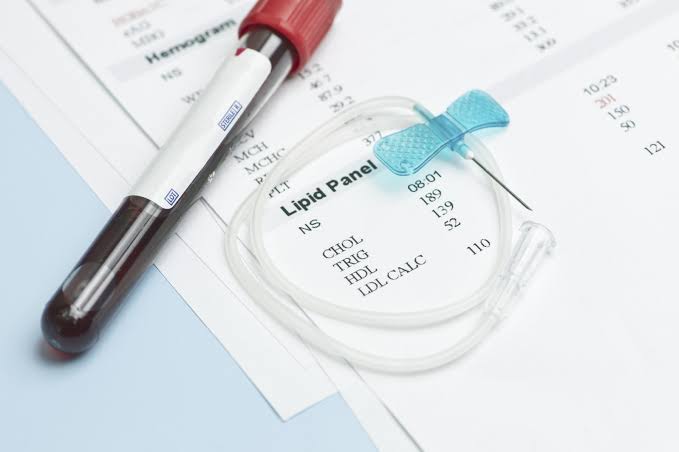The Importance of Lipid Screening and Target LDLC: A Vital Step for Heart Health
Heart disease is the leading cause of death globally, and India is no exception. The World Health Organization reports that one-fifth of global heart disease-related deaths occur in India.As coronary artery disease (CAD) continues to rise, monitoring your cholesterol levels has become increasingly crucial. The Cardiological Society of India (CSI) emphasizes that regular cholesterol screenings and establishing personal LDLC (bad cholesterol) targets are essential for safeguarding your heart.
Cholesterol, a fatty substance found in your blood, is essential for building healthy cells. However, high levels of LDLC, or “bad” cholesterol, can cause fatty deposits to build up in your arteries. These deposits can grow over time, restricting blood flow and increasing the risk of a heart attack and stroke. According to the CSI guidelines, high LDLC levelsare common and a major contributor to heart disease in India. Lowering your LDLC levels can significantly reduce your risk of serious heart problems.
Dr. Anupam Jena, Associate Professor of Cardiology, KIMS, Bhubaneswar, says, “High LDL cholesterol is a well-known contributor to heart disease, but despite this, many people are not taking the steps needed to monitor and manage it effectively. In my experience, I have observed that only 5% of my patients are aware of their LDLC levels, and majority of them are unaware. This is especially troubling as elevated LDL-C is a leading factor in the development of coronary artery disease, which remains a major cause of death in India. According to the recent CSI guidelines, lipid screenings should begin at age of 18 years. By following the right treatment plan, which includes lifestyle changes and medications, LDLC can be reduced by as much as 80%, significantly lowering the risk of heart disease and improving overall heart health.”
Your LDLC target isn’t a universal figure; it depends on factors such as your age, medical history, and other risk factors. The message is clear: “Know your target LDLC levels.” The important thing is to understand what these levels mean and how to manage them effectively.
The Cardiological Society of India (CSI) emphasizes that LDLC targets are not the same for everyone. Target LDLC level is unique for individuals based on risk factors, influenced by factors like age, gender,medical historyand the presence of co-morbidities such as diabetes and hypertension. What’s right for someone else may not be right for another. By working with your doctor to set a personalized LDLC target, you can better manage your cholesterol and significantly reduce your risk of heart disease.
If you have other health conditions, such as diabetes or hypertension, keeping your LDLC in check becomes even more important. These conditions can significantly increase your risk of heart disease, so it’s vital to monitor your cholesterol closely and stick to your treatment plan. The CSI guidelines suggest more frequent lipid profile checks for these individuals to ensure their LDLC levels stay within the optimal range (approximately <70 mg/dl).
Keeping your cholesterol in check is crucial for heart health. Understanding your personal risk factors and working with your doctor to set personalized LDLC targets can help you prevent heart disease.
This World Heart Day, make a commitment to yourself: stay informed, follow your treatment plan, and work with your doctor to keep your heart healthy.

